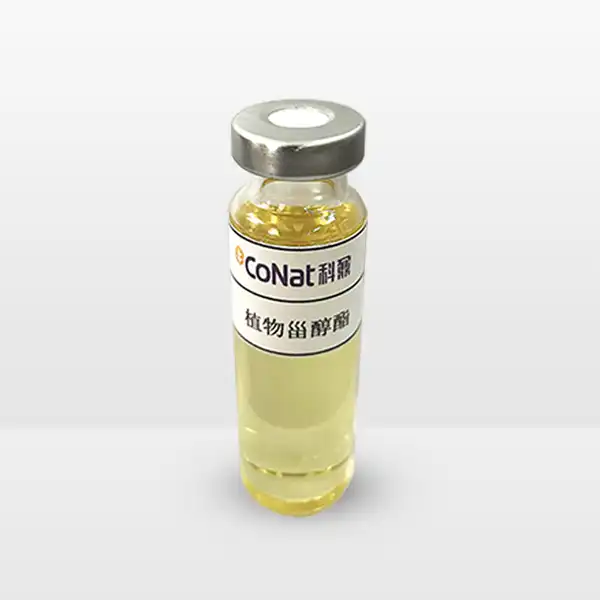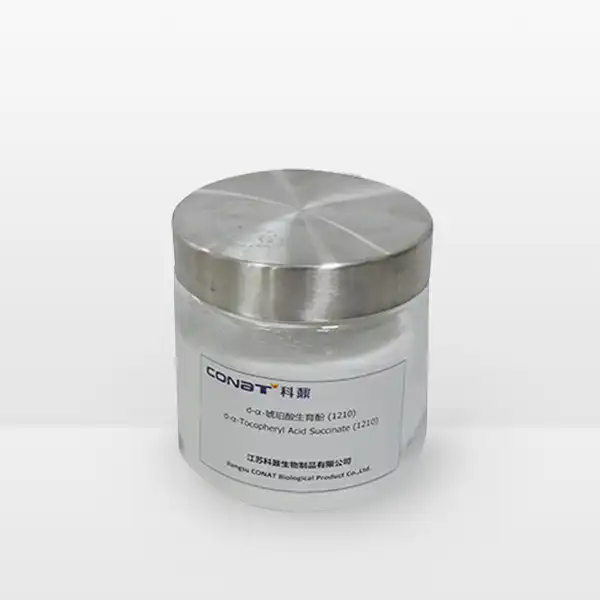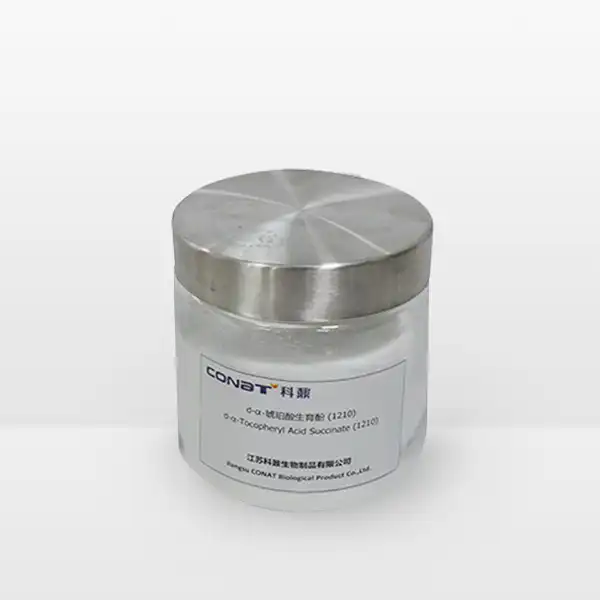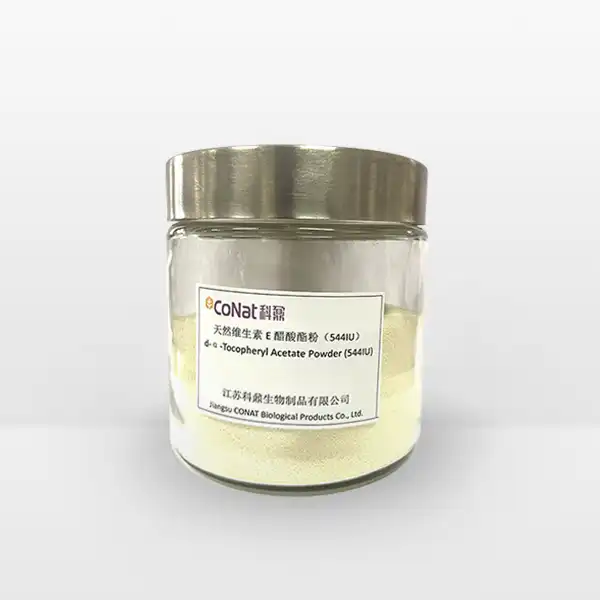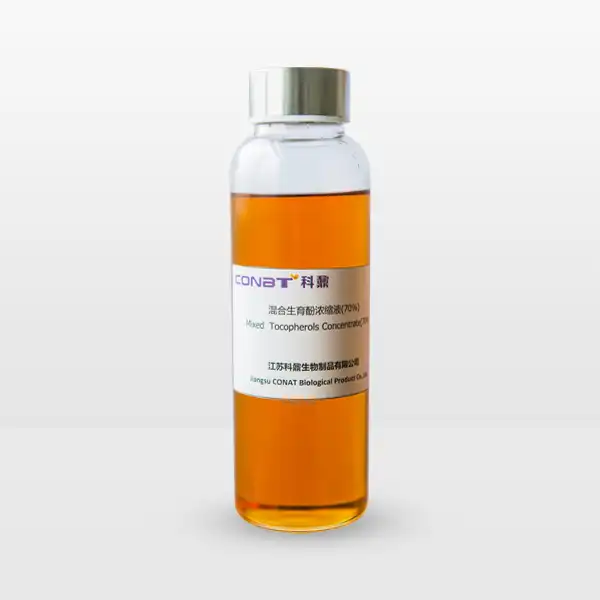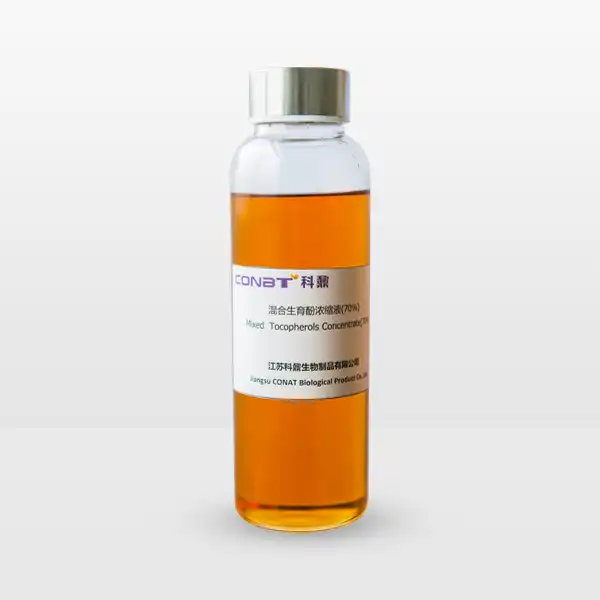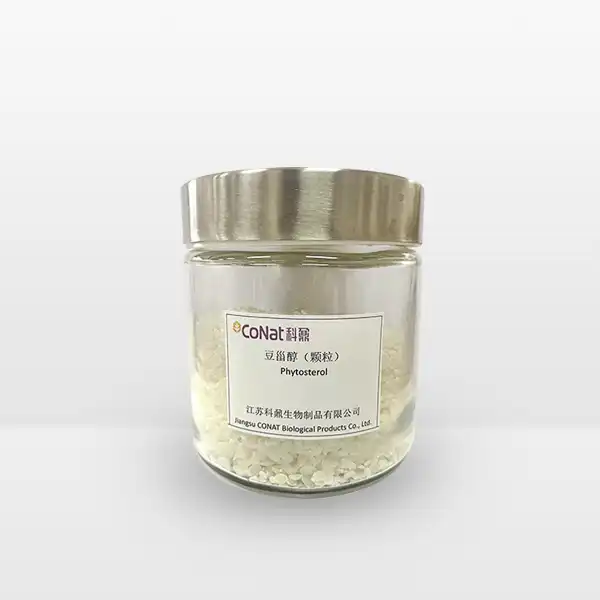- English
- French
- German
- Portuguese
- Spanish
- Russian
- Japanese
- Korean
- Arabic
- Greek
- German
- Turkish
- Italian
- Danish
- Romanian
- Indonesian
- Czech
- Afrikaans
- Swedish
- Polish
- Basque
- Catalan
- Esperanto
- Hindi
- Lao
- Albanian
- Amharic
- Armenian
- Azerbaijani
- Belarusian
- Bengali
- Bosnian
- Bulgarian
- Cebuano
- Chichewa
- Corsican
- Croatian
- Dutch
- Estonian
- Filipino
- Finnish
- Frisian
- Galician
- Georgian
- Gujarati
- Haitian
- Hausa
- Hawaiian
- Hebrew
- Hmong
- Hungarian
- Icelandic
- Igbo
- Javanese
- Kannada
- Kazakh
- Khmer
- Kurdish
- Kyrgyz
- Latin
- Latvian
- Lithuanian
- Luxembou..
- Macedonian
- Malagasy
- Malay
- Malayalam
- Maltese
- Maori
- Marathi
- Mongolian
- Burmese
- Nepali
- Norwegian
- Pashto
- Persian
- Punjabi
- Serbian
- Sesotho
- Sinhala
- Slovak
- Slovenian
- Somali
- Samoan
- Scots Gaelic
- Shona
- Sindhi
- Sundanese
- Swahili
- Tajik
- Tamil
- Telugu
- Thai
- Ukrainian
- Urdu
- Uzbek
- Vietnamese
- Welsh
- Xhosa
- Yiddish
- Yoruba
- Zulu
Can Tocopheryl Succinate be Ingested as a Supplement?
Tocopheryl Succinate, a unique ester of vitamin E, has emerged as a compelling subject of nutritional and medical research in recent years. As individuals increasingly seek optimal health strategies, the potential of this specialized vitamin E derivative has captured the attention of health professionals and wellness enthusiasts alike. This comprehensive exploration delves into the intricate world of Tocopheryl Succinate, examining its potential as a dietary supplement, its distinctive characteristics, and the scientific insights surrounding its use.
Is Tocopheryl Succinate More Effective Than Traditional Vitamin E Supplements?
The landscape of nutritional supplementation is continually evolving, with Tocopheryl Succinate emerging as a promising alternative to conventional vitamin E supplements. Unlike standard tocopherol forms, Tocopheryl Succinate presents a remarkable molecular profile that distinguishes it from traditional vitamin E derivatives. Research suggests that this unique ester form may offer enhanced bioavailability and targeted cellular interactions that set it apart from standard vitamin E supplements.
Biochemical investigations have revealed that Tocopheryl Succinate demonstrates distinctive absorption characteristics. The succinate ester modification enables a more nuanced interaction with cellular membranes, potentially facilitating more efficient nutrient delivery and utilization. Unlike conventional vitamin E supplements that may have limited bioavailability, Tocopheryl Succinate appears to navigate metabolic pathways with increased precision.
Scientific studies have explored the comparative efficacy of Tocopheryl Succinate across various physiological contexts. Researchers have observed that this specialized form might exhibit enhanced antioxidant properties, potentially providing more robust cellular protection compared to traditional vitamin E supplements. The molecular structure allows for potentially more targeted interactions with cellular mechanisms, suggesting a more sophisticated approach to nutritional supplementation.
Moreover, the succinate component introduces additional metabolic advantages. Succinate is a critical intermediate in the citric acid cycle, a fundamental metabolic pathway responsible for energy production in cellular mitochondria. This unique combination suggests that Tocopheryl Succinate might offer more than just antioxidant support, potentially contributing to energy metabolism and cellular efficiency.
Clinical investigations have further illuminated the potential advantages of Tocopheryl Succinate. Preliminary research indicates that this specialized vitamin E derivative might demonstrate more pronounced effects in specific health domains, including cardiovascular support, immune system modulation, and cellular protection mechanisms. While more comprehensive long-term studies are necessary, the initial findings present an intriguing narrative of nutritional potential.
How Does Tocopheryl Succinate Impact Cellular Health and Metabolism?
Cellular health represents a complex and dynamic ecosystem where nutrient interactions play a pivotal role in maintaining optimal physiological functioning. Tocopheryl Succinate emerges as a particularly fascinating molecule in this intricate cellular landscape, offering potential benefits that extend far beyond traditional antioxidant supplementation.
At the molecular level, Tocopheryl Succinate interacts with cellular membranes through a sophisticated mechanism that distinguishes it from conventional vitamin E forms. The succinate ester modification enables a more nuanced approach to cellular protection, potentially enhancing membrane stability and supporting fundamental cellular processes. This unique interaction suggests a more comprehensive approach to cellular health maintenance.
Mitochondrial function represents a critical domain where Tocopheryl Succinate demonstrates remarkable potential. Mitochondria, often referred to as the powerhouses of cellular energy production, are continuously exposed to oxidative stress and metabolic challenges. The specialized molecular structure of Tocopheryl Succinate may provide enhanced protective mechanisms, potentially supporting mitochondrial integrity and optimizing energy metabolism.
Oxidative stress management represents another crucial aspect of cellular health where Tocopheryl Succinate shows promising characteristics. By neutralizing free radicals and supporting antioxidant defense systems, this specialized vitamin E derivative might offer more comprehensive cellular protection compared to traditional supplements. The molecular design allows for potentially more efficient radical scavenging and cellular defense mechanisms.
Metabolic research has also highlighted the potential of Tocopheryl Succinate in supporting intricate cellular signaling pathways. Cellular communication and information transfer rely on complex molecular interactions, and this specialized vitamin E form might contribute to maintaining optimal signaling efficiency. The succinate component's involvement in fundamental metabolic cycles suggests a multifaceted approach to cellular health support.
Emerging scientific perspectives propose that Tocopheryl Succinate might play a role in modulating inflammatory responses at the cellular level. Chronic inflammation represents a significant challenge in maintaining long-term health, and nutritional interventions that can support balanced inflammatory responses are of considerable interest. Preliminary research suggests that Tocopheryl Succinate might offer nuanced support in managing cellular inflammatory mechanisms.
What Makes Tocopheryl Succinate Unique in Nutritional Supplementation?
The realm of nutritional supplementation is characterized by continuous innovation and scientific exploration, with Tocopheryl Succinate representing a fascinating example of molecular refinement in vitamin delivery. This specialized vitamin E derivative distinguishes itself through a combination of unique molecular characteristics and potential physiological interactions that set it apart from conventional nutritional supplements.
Chemical modification represents a primary factor in the distinctive nature of Tocopheryl Succinate. By combining vitamin E with succinic acid, researchers have created a molecular entity that potentially offers enhanced bioavailability and more sophisticated cellular interactions. This deliberate molecular engineering suggests a more targeted approach to nutritional supplementation, moving beyond traditional broad-spectrum nutrient delivery.
The metabolic versatility of Tocopheryl Succinate provides another dimension of uniqueness. Unlike standard vitamin E supplements that primarily focus on antioxidant support, this specialized derivative appears to engage with multiple metabolic pathways. The succinate component's involvement in the citric acid cycle introduces additional metabolic dimensions, suggesting a more comprehensive approach to nutritional support.
Pharmacokinetic studies have revealed intriguing characteristics of Tocopheryl Succinate's absorption and distribution mechanisms. The molecular design may facilitate more efficient transit through biological membranes, potentially enabling more precise nutrient delivery to target tissues. This enhanced bioavailability represents a significant advancement in supplement design, addressing a longstanding challenge in nutritional supplementation.
Research has also explored the potential of Tocopheryl Succinate in supporting various physiological systems beyond traditional antioxidant roles. Preliminary investigations suggest potential benefits in cardiovascular health, immune system modulation, and cellular protection mechanisms. This multisystem approach distinguishes Tocopheryl Succinate from more narrowly focused nutritional supplements.
The specialized molecular structure of Tocopheryl Succinate enables potentially more sophisticated interactions with cellular components. By offering enhanced membrane stabilization and supporting fundamental cellular processes, this unique vitamin E derivative might represent a more advanced approach to nutritional supplementation. The ability to support cellular integrity through precise molecular interactions represents a significant scientific advancement.
Conclusion
Tocopheryl Succinate emerges as a fascinating and promising approach to nutritional supplementation, offering potential benefits that extend beyond traditional vitamin E derivatives. While further research is necessary to fully elucidate its comprehensive health implications, the current scientific landscape suggests remarkable potential for this specialized molecular form.
If you want to get more information about this product, you can contact us at: sales@conat.cn.
References
1. Zingg, J. M. (2020). Vitamin E: Regulatory Effects on Gene Expression and Cellular Functions. Nutrients, 12(10), 3154.
2. Mocchegiani, E., et al. (2014). Vitamin E and Aging: Inferences from Epidemiological and Experimental Studies. Research on Aging, 36(8), 953-975.
3. Traber, M. G. (2014). Vitamin E Inadequacy in Humans: Causes and Consequences. Advances in Nutrition, 5(5), 503-514.
4. Burton, G. W., & Traber, M. G. (1990). Vitamin E: Antioxidant Activity, Biokinetics, and Bioavailability. Annual Review of Nutrition, 10, 357-382.
5. Sen, C. K., et al. (2007). Molecular Insights into the Antioxidant and Anti-inflammatory Properties of Vitamin E. Journal of Investigative Medicine, 55(7), 343-366.
6. Mangialasche, F., et al. (2010). Vitamin E and Alzheimer's Disease: Evidence from Epidemiological Studies. Alzheimer's & Dementia, 6(6), 507-517.
7. Wolf, G. (2006). The Discovery of the Antioxidant Function of Vitamin E: The Work of Thomas Horner, Lawrence Witter, and Erhard Würth. The Journal of Nutrition, 136(4), 1020-1023.
8. Lee, G. Y., & Han, S. N. (2018). The Role of Vitamin E in Immunity. Nutrients, 10(11), 1614.
9. Brigelius-Flohé, R., & Traber, M. G. (1999). Vitamin E: Function and Metabolism. FASEB Journal, 13(10), 1145-1155.
10. Meydani, S. N., et al. (1997). Vitamin E and Immune Response in the Aged. Proceedings of the Nutrition Society, 56(1B), 371-378.
YOU MAY LIKE
